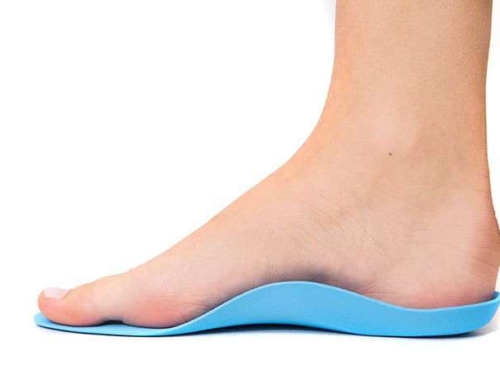Foot Pain and Diabetes
Foot pain is a serious issue for anyone with diabetes. If get gets bad enough, it could result in the loss of toes. It can progress to losing a foot or even a leg just below the knee due to poor circulation. Working closely with a professional can prevent diabetes from getting to the latter stages. A foot specialist is recommended to be proactive in a quest to remain as healthy as possible.
What is it?
Neuropathy is the medical term for someone with diabetes experiencing foot pain. The changes in blood sugar levels affect the signals from the nerves to the brain. The nerves in the feet and legs are the most likely to be affected as diabetes progresses. Approximately half of all individuals with diabetes have some type of foot pain.
Symptoms
The types of symptoms a person experiences and their severity depend on the individual’s overall health. Sometimes the foot pain is chronic and other times it comes and goes. The pain can be mild, moderate, or severe. Numbness in the legs is a common symptom, and it can cause a person to be off balance. The feet can also become numb, and that increases the risk of falls and other injuries.
It may surprise you to learn neuropathy can create problems in other areas of the body too. For example, digestive problems can be linked to foot pain in those with diabetes. The heart can struggle to circulate blood and oxygen as it should, putting strain on it and the blood vessels.
Types of Neuropathy Relating to Diabetes
The issue of foot pain and diabetes are complex. There are many variables for each individual to live with. A custom treatment plan is created by professionals once a complete assessment is conducted. The treatment plan should be evaluated and modified as needed. If the diabetes gets better or worse, that can significantly change the needs for treatment.
There are 4 types of neuropathy relating to diabetes. Some people have only one and others have several of them. A correct diagnosis is essential for the treatment to be successful. Share any symptoms you may have with your doctor. One of them directly affects the feet, peripheral neuropathy, and it can make it hard for a person to feel good physically or mentally.
Peripheral Neuropathy
This is the most common type of foot pain that those with diabetes experience. The pain tends to come on gradually, but it gets worse and worse if the diabetes isn’t under control. The nerve damage isn’t reversible so don’t let it continue to develop. The numbness can make it difficult to feel pain in the feet or legs, allowing serious injuries to occur.
The numbness also makes it difficult to identify when the feet or legs are too hot or too cold. Many report it is hard to walk or sleep because of the sharp pain and cramping in the feet. Over time, the muscles will get weaker, reducing balance and adversely affecting posture. Infections of the feet are common, and they can be hard to treat. Damage to the joints and bones can result in a need for a walker or a wheelchair.
Treatment
Regular exercise, maintaining a healthy weight, and keeping blood sugar regulated are all key to reducing foot pain and diabetes. Keep all scheduled appointments with your doctor and your foot specialist. Follow your treatment plan and if anything seems out of the ordinary, reach out to them immediately for additional assistance. The sooner the problem is addressed the more successful treatment is!
Talk to your doctor before you get foot massages or pedicures if you have diabetes. Those luxuries may feel great, but they can make you vulnerable to infections and serious issues with your feet. Changes to the footwear you use and adding some low-impact exercises can help you reduce foot pain when it is related to diabetes. For example, swimming is a wonderful exercise and good for the joints too!






